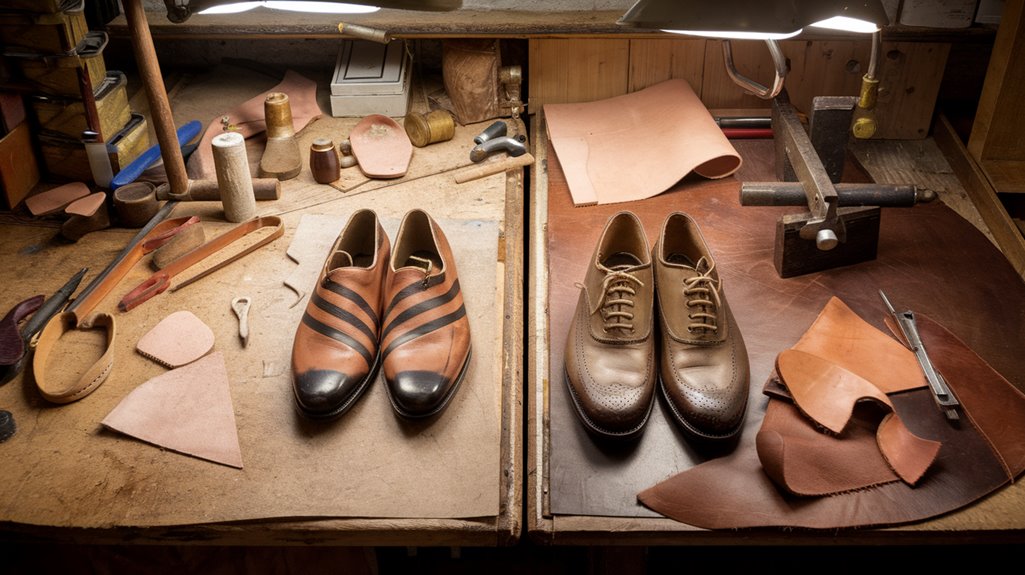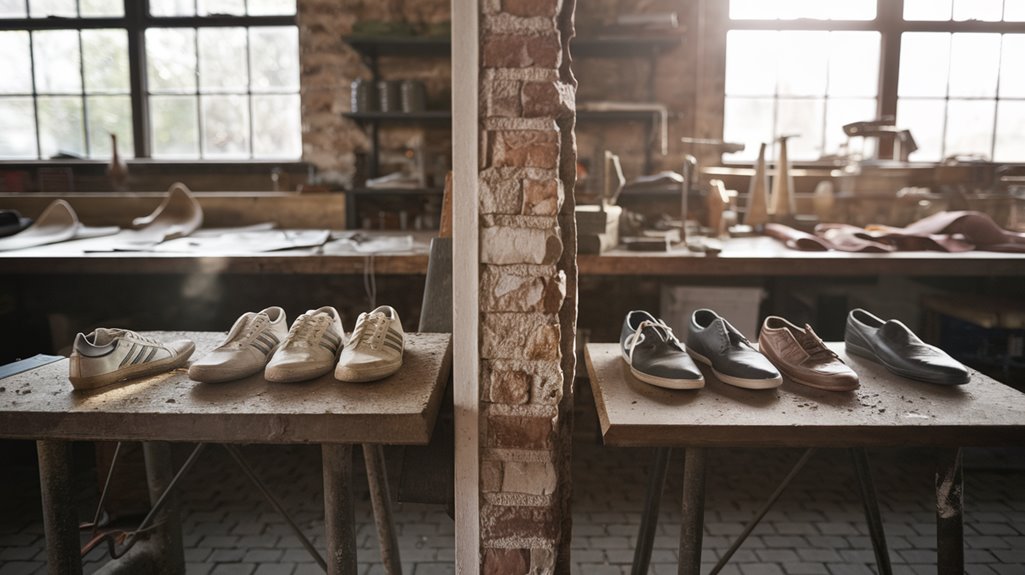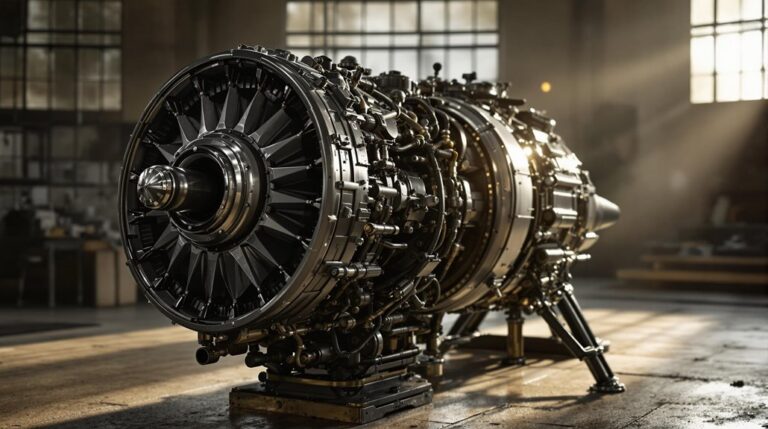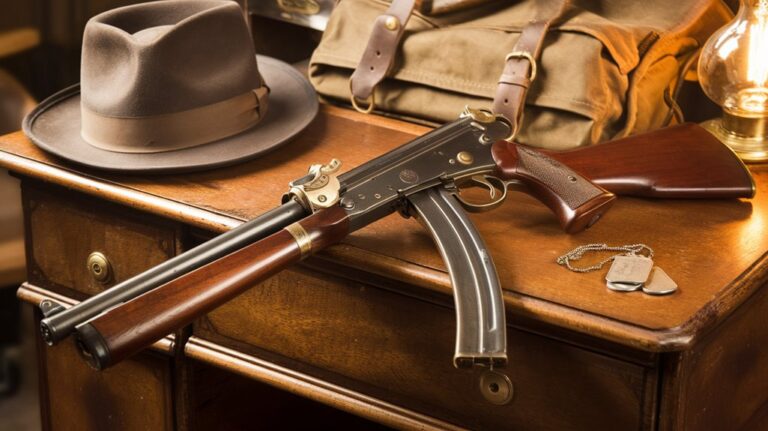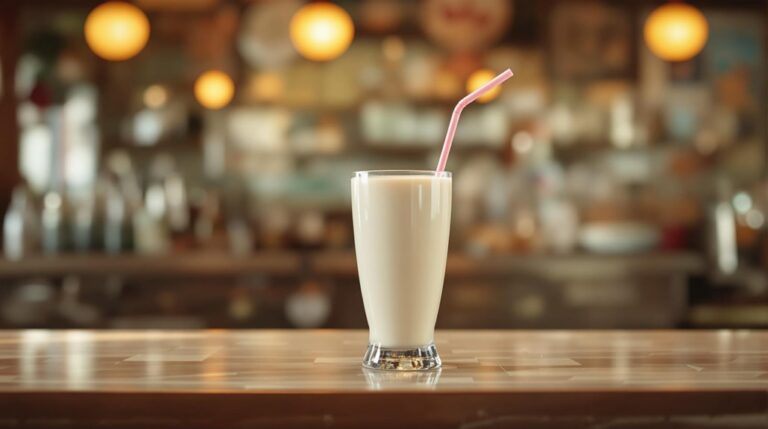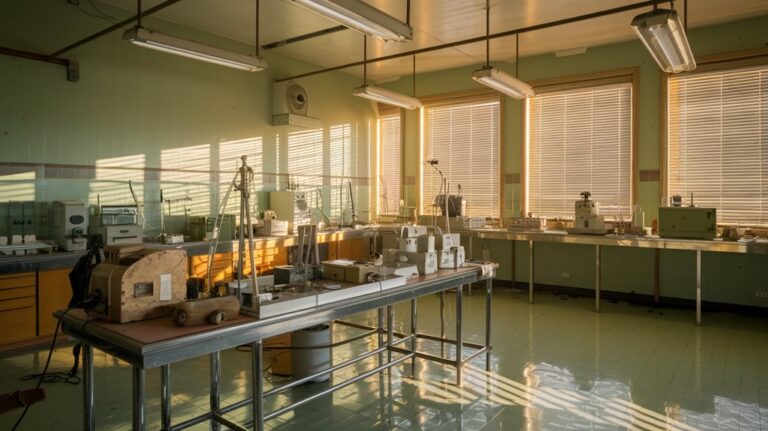A Family Feud That Gave the World Adidas and Puma
You've probably laced up a pair of Adidas or Puma shoes without knowing the bitter family drama behind these iconic brands. What began in a small German kitchen would transform into one of the most notorious feuds in business history. Two brothers, one passion for footwear, and a mysterious conflict that tore them apart forever. The split didn't just divide a family—it divided an entire town and revolutionized the sportswear industry as we understand it today.
The Birth of a Shoe-Making Dynasty
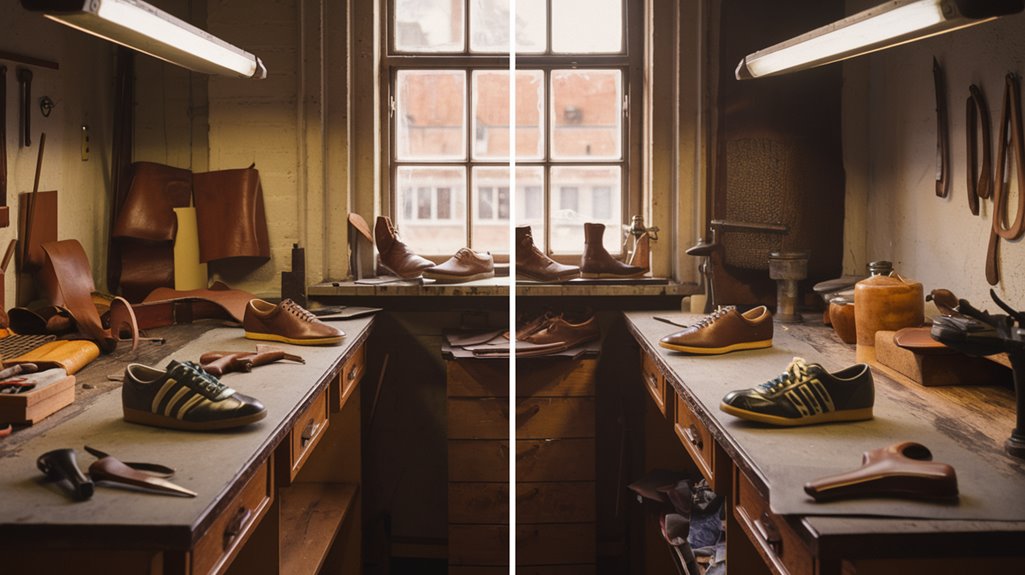
While many iconic brands start with grand ambitions, the Dassler brothers' shoe empire began humbly in their mother's kitchen in Herzogenaurach, Bavaria.
In 1924, Adolf Dassler's creative innovation led him to craft his first shoes, and his success soon attracted his older brother Rudolf to join the venture. The company was officially named Gebrüder Dassler when Rudolf joined as a salesman.
Both brothers showed their political alignment when they joined the Nazi Party in 1933.
You'll find their business strategy was remarkably forward-thinking for its time. The brothers understood the power of athletic endorsement, pushing to get their shoes on the feet of top competitors.
Their breakthrough came at the 1928 Olympics when Lina Radke won gold in their footwear.
But it was the 1936 Olympics that truly launched their legacy, with Jesse Owens claiming four gold medals wearing their shoes.
The brothers' complementary skills – Adolf's shoe craftsmanship and Rudolf's salesmanship – proved to be a winning combination.
Brothers at War: The Great Divide
Despite their early success as business partners, the relationship between Adolf and Rudolf Dassler crumbled during the 1940s, leading to one of the most famous family feuds in business history.
The sibling dynamics turned toxic when Rudolf was conscripted into the German army, believing Adolf had orchestrated his deployment. Personal tensions escalated as their wives clashed while living under the same roof, and their contrasting business styles drove them further apart. Their shoe company reached nearly 200,000 pairs in annual sales before their relationship deteriorated. The brothers' mutual distrust deepened with wartime Nazi allegations between them.
In 1948, their business rivalry reached its breaking point. The brothers split their company, Gebrüder Dassler Schuhfabrik, with Adolf founding Adidas and Rudolf establishing Puma.
The division wasn't just corporate – it split their hometown of Herzogenaurach down the middle, with employees and residents forced to choose sides. The brothers never spoke again, taking their animosity to their graves at opposite ends of the town's cemetery.
Building Rival Empires: Adidas vs. Puma
The bitter split between the Dassler brothers sparked one of the most fascinating rivalries in business history. From this division emerged two powerhouse companies that would reshape the global sportswear industry.
While Adi created Adidas by combining his nickname with his surname, Rudolf established Puma, transforming their hometown of Herzogenaurach into the epicenter of fierce market competition. Both brothers had previously operated Gebrüder Dassler Schuhfabrik together before their personal conflicts led to separation.
Their brand strategies couldn't be more distinct. Adidas, with its $33.47 billion market cap and 14.7% market share, has focused on technological innovation and high-profile collaborations. Each brand's determination to outperform the other has led to major sports partnerships, with both companies actively sponsoring teams and athletes worldwide.
Puma, though smaller at $7.64 billion, has carved its niche through lifestyle products and innovative designs.
You'll find both companies' influence across the globe, with Adidas dominating as the industry's second-largest player while Puma maintains steady growth through its unique market positioning.
A Town Torn Apart by Footwear
Long before becoming a global symbol of sports rivalry, Herzogenaurach transformed into a battleground where footwear determined friendship.
You'd find yourself in a town where looking down at someone's shoes wasn't rude – it was necessary for survival. The Aurach river served as a physical border between Adidas in the north and Puma in the south, creating a stark economic rivalry that shaped every aspect of daily life.
Your community identity depended entirely on which company you worked for. You couldn't freely choose where to shop, drink, or even find love. The bitter division began when Adolf and Rudolf split their shoe company in 1949, forever changing the town's social fabric.
The town earned its nickname "the town of bent necks" as residents constantly checked shoes to determine allegiances. Businesses, bars, and bakeries served exclusively one side, while dating across company lines was practically forbidden.
The Legacy of the Dassler Brothers' Split
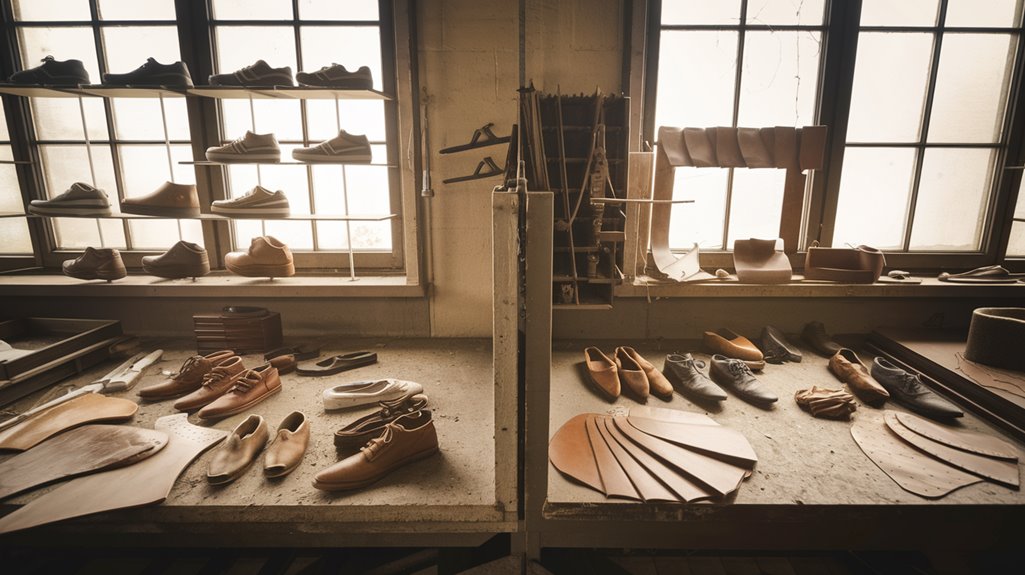
While small-town rivalries often fade with time, the Dassler brothers' split in 1948 created two enduring sportswear giants that would reshape the global athletic footwear industry.
The town of Herzogenaurach became known as the town of bent necks as residents would look down to check which brand others were wearing before engaging in conversation.
Their company's pivotal moment came when Jesse Owens won four Olympic golds wearing their shoes at the 1936 Olympics, establishing their reputation for excellence before the split.
The bitter business rivalry stemming from their damaged family dynamics led to the creation of both Adidas and Puma, which today stand as the world's second and third-largest sports shoe companies.
You can see the lasting impact of their separation in today's market, where Adidas commands an 8% share while Puma holds 2.6%.
From their humble beginnings in Herzogenaurach, both companies have grown into multi-billion-dollar enterprises.
What started as a family feud has evolved into a competitive force that's helped drive innovation in sportswear for over seven decades, though both now face increasing pressure from emerging competitors in the $396 billion global market.

